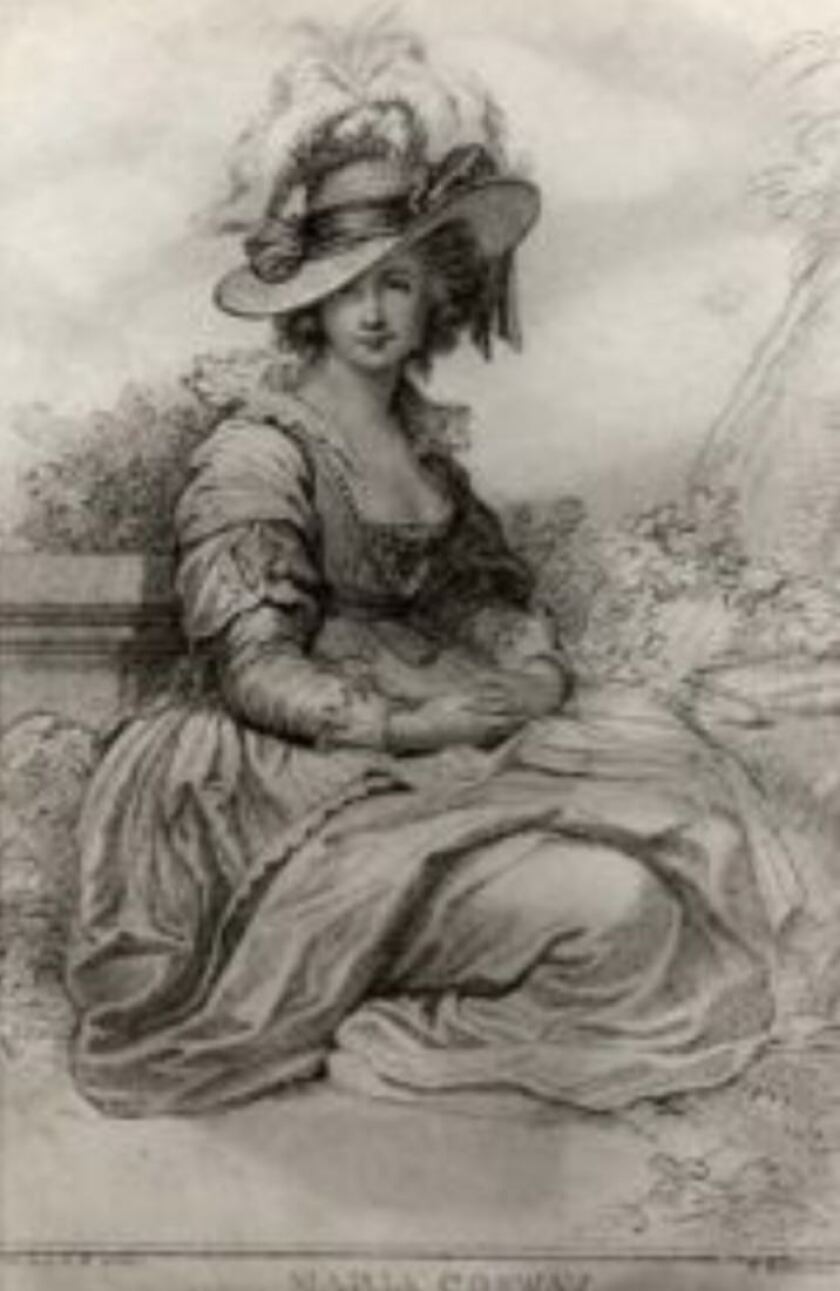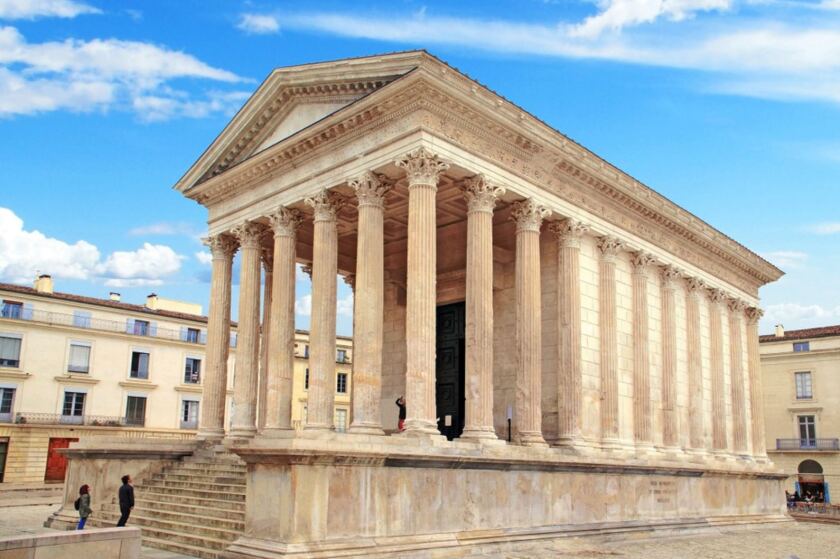
Time and Travel, Then and Now
I’m always amazed (especially when returning from Europe) that I can wake up in a great foreign city and go to bed that same day in the American heartland. According to realistic futurists, we will soon be able to do all of this even more quickly than now. Today’s global mobility systems bring the whole planet into one’s personal orbit, at an affordable price.
The U.S. Congress appointed Thomas Jefferson minister to France and other European countries in 1784. He wound up spending five years in France, among the happiest years of his life. He was able to witness the beginnings of the great and cataclysmic French Revolution while in Paris. He regarded the French Revolution as the logical next step after the successful American Revolution of 1774-1783.


It was a period of great satisfaction and creativity for Jefferson, who had grown up on the frontier of western Virginia, and was observing high culture for the first time. Not incidentally, his travels in France made Jefferson the greatest wine aficionado of the New World. France deepened Jefferson’s cultural and political persona. Even now, more than 200 years later, and after considerable souring of the U.S.-France relationship (think of “freedom fries” after 9/11 and France's opposition to America's proposed invasion of Iraq), Jefferson is still beloved throughout France.
France Left a Mark on Jefferson, and America

The journey from Monticello in Virginia to Boston took two weeks. They were traveling in a vehicle called a phaeton (a type of wheeled carriage), which meant horses and someone to drive them. The distance was approximately 553 miles, a hard series of days on the road, at a speed of approximately two miles per hour. Nights would have to be spent at miserable hostelries or private homes where people were willing to take in weary travelers. The food would be basic (Jefferson’s term would be “indifferent”) and the sleeping arrangements were not for the faint of heart. Frequently, at the time, complete strangers wound up in the same bed together for lack of space.
All that just to get to Boston! Once there, Jefferson had to make inquiries about ships leaving for northern Europe. There was no regular schedule for this transatlantic traffic. Booking in advance was virtually impossible in a world without an Internet or reliable postal service. All Jefferson could do was hope a ship was departing for somewhere in Europe “soon” and that he could obtain passage. “Soon” could mean a couple of days. It could mean a couple of months. It could mean “next spring.”

Setting Sail for the Old World
Having found a ship called the Ceres, soon to depart for England, Jefferson booked passage for himself, his daughter and James Hemings. Hemings would have had to sleep in some squalid corner of the boat, well away from his white owners. This would have been true if he were a white servant, too. The Ceres embarked on July 5, 1784, one day after America’s 12th birthday. It was, Martha Jefferson reported, a remarkably easy and smooth passage. The Ceres crossed the northern Atlantic and reached the Isle of Wight in just 19 days, just about as fast a transatlantic passage as was possible in the age of wind. Jefferson later reported at a dinner party that he had learned Spanish during those two-and-a-half weeks with a dictionary and a copy of Cervantes’ Don Quixote. John Quincy Adams, who heard this big claim, and who was not a particular fan of Jefferson, just rolled his eyes. The Ceres was scarcely larger than a modern yacht and infinitely less comfortable. The Jeffersons brought their own food and wine.
When the Jefferson party reached the Old World, they made an unscheduled stop in Portsmouth, the home of the British Navy, because Martha was ill. She was attended to by a British naval doctor. A few days later they made the perilous crossing of the English Channel — in about nine hours. Father and daughter both had green stomachs.
When they arrived in Le Havre on July 31, 1784, they were cheated by local longshoremen and porters. Jefferson said it cost as much to get their baggage from the ferry to the port as it had cost to carry it all the way from Boston to England.
Concierge Is the Polite French Name …
It took the Jefferson party six days to travel from Le Havre to Paris. To make things easier, if you can imagine this, Jefferson sent his slave James Hemings on ahead to make arrangements for hotels, horses and food. Just how a bewildered nineteen-year-old Black man who spoke no French and had never been out of the enslaved frontier of Virginia and the colonies was expected to accomplish this is altogether unclear, but the world of slavery was filled with such exhibitions of arrogance and indifference by white “masters.”
They arrived in Paris on Aug. 6. They had been “on the road” for five weeks. (Where would I be willing to travel if it took five weeks? Where would you?) Jefferson had been advised to begin his stay at the Hôtel d’Orléans. This he dutifully did, only to discover that Paris hosted two Hôtels d’Orléans and this was the wrong one! After a few days they moved to the better hôtel by the same name. The first thing Jefferson did was call in tailors to measure himself, his daughter and his enslaved valet for clothes appropriate for life in the culture and fashion capital of the world, Paris.
Soon Jefferson would write to his friend Charles Bellini back home, “Behold me at length on the vaunted scene of Europe … You are perhaps curious to know how this new scene has struck a savage of the mountains of America.” Short answer: Life might be more basic in America, but it was happier and more virtuous. European sophistication was magnetic, but did it comport with the small-r republican virtues Jefferson regarded as essential to American happiness?
Which of us would travel today under such circumstances? On the longest leg of my recent journey, just over seven hours, I was annoyed when the person in the next seat snored and leaned into my seat. If the in-flight entertainment package had failed there would have been trouble on board, mutiny on the Boeing. We are spoiled these days, or perhaps the miracles of modern technology have just brought us to take smooth sailing for granted.
Jefferson and his traveling companions were lucky. They did not strike a reef, get attacked by Mediterranean pirates or British cruisers or survive heart-stomping storms. In his usual serene and fastidious way, Jefferson ascertained the ship’s latitude and longitude each day, reported on whales and dolphins, and recorded the temperature.

Come by Plane, Come by Train, We’re in the Same Boat Now
I write this little review of travel history while soaring along at more than 200 km per hour on one of France’s fast (TGV) trains.
Before the train whistled us aboard, I used my American ATM card to get a couple of hundred euros in the railroad terminal. The era of American Express Travelers Cheques is over. Almost all the borders in Europe are open. I remember entering the former Yugoslavia at Trieste once long ago when Marshal Tito was still alive. The train stopped for more than an hour as we entered the communist country, and I was made to walk about 200 yards through the dark to present my passport and visa in a tiny cinderblock building illuminated by a single hanging lightbulb. Today, we whisk across national boundaries with nonchalance.
You can perhaps imagine border crossings in Jefferson’s time, when a passport was a unique document specially drawn up for a traveling party. Getting local currency, exchanging money, opening a line of credit at a hotel were all a comparative nightmare. And yet Jefferson never complained. No matter what era we inhabit, we accept the protocols of the world as they are offered to us. You didn’t visit Europe for a week or two back then, but once or twice in a lifetime and for extended periods.

You can also hear more of Clay Jenkinson’s views on American history and the humanities on his long-running nationally syndicated public radio program and podcast, The Thomas Jefferson Hour. He is also a frequent contributor to the Governing podcast, The Future in Context. Clay’s most recent book, The Language of Cottonwoods: Essays on the Future of North Dakota, is available through Amazon, Barnes and Noble and your local independent book seller. Clay welcomes your comments and critiques of his essays and interviews. You can reach him directly by writing cjenkinson@governing.com or tweeting @ClayJenkinson.
Related Articles













